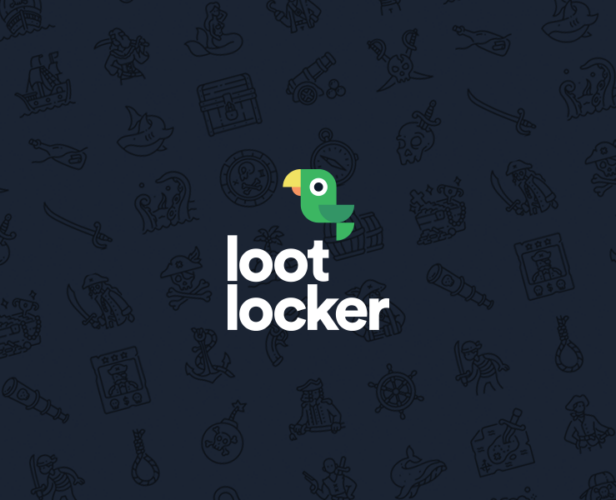- Analytics Tools
- Powerful analytics
- Upgrade to Pro
- Data Tools
- Resources
- Pricing
Author profile
Alexander Bergendahl
Co-founder and CEO of LootLocker

6 min read
#Ads & Monetization
How to Monetize Your Game With a Backend – Part 2
A few weeks ago, we went over what backends are, what you can do with them, and what kinds of monetization strategies are possible when using a backend-as-a-service. This time, we want to take this topic a step further. Now, we’ll chat about everything else your backend can do, and how to get your monetization right. Let’s dive back in. Quick recap from our last blog You can check it out if you missed our last article (or just want to brush up on your reading). But here’s the TL;DR breakdown: Your backend can handle all kinds of monetization types, including: Hard and soft currencies. Cosmetics. Loot boxes. Upgrades. Season passes and battle passes. Subscriptions. Opt-in events. DLC. And your backend matters here. They provide the ecosystem that lets your monetization both function and thrive. We’ve gone into a lot...

6 min read
#Ads & Monetization
How to Monetize Your Game With a Backend – Part 1
Monetizing your games in the most suitable way possible can bring a game studio many gains. It lets you grow your business, build out IP into a series, elevate your team’s potential, and keep you making more games. Today’s studios are somewhat spoiled for choice when it comes to how they make money. Whether you’re using in-app purchases, subscriptions, DLC or something else entirely, there are many options. Picking the right one for your game and audience is key here. What you might not expect, however, is how important your backend is to your monetization strategy. Here at LootLocker, building backends that empower developers is at the core of our business. That’s given us a wealth of understanding around the relationship between backends and monetization — some lessons we can’t wait to fill you in on. We have a lot...

7 min read
#Live Ops
What to Expect When Your Game Turns Into a Viral Hit
Every game developer hopes to see their game hit the top of the charts. The thrill of seeing people play it on the train, glowing reviews in gaming outlets, and your own section on Twitch. (The increased revenue doesn’t hurt, either.) But nobody really prepares you for success. What happens when you get that surge of new players and become so popular that even non-gamers have heard about you? With great success comes great responsibility. The more players you have, the more pressure you’re under to improve the game, add new content, fix bugs and keep the game alive. It’s a tough gig and one game can easily turn into an entire career. And there are quite a few tasks you’ll need to take care of behind the scenes. What goes on behind the scenes? This isn’t an exhaustive list,...

6 min read
#Guides
Picking a Backend – Why It’s Vital, and How to Pick One
That’s a fairly obvious statement. Lavish visuals and meticulous game design are nothing without the likes of quality code and robust AI. But there’s another layer that sits behind everything else that’s equally important – particularly in the era of games as live entities. Simply put, you absolutely need a quality backend for any connected game to thrive. That’s true whether you have online multiplayer to consider, a connected user community to serve, or the likes of seasonal events and updates to consider. Equally, an intuitive backend can both accelerate and optimize your game development workflows, making the likes of achievements and social integration, leaderboard implementation, or in-game currency creation a trivial task. If any of those factors are part of your game, a backend is arguably as important as your chosen engine. Can I make my own backend? It...